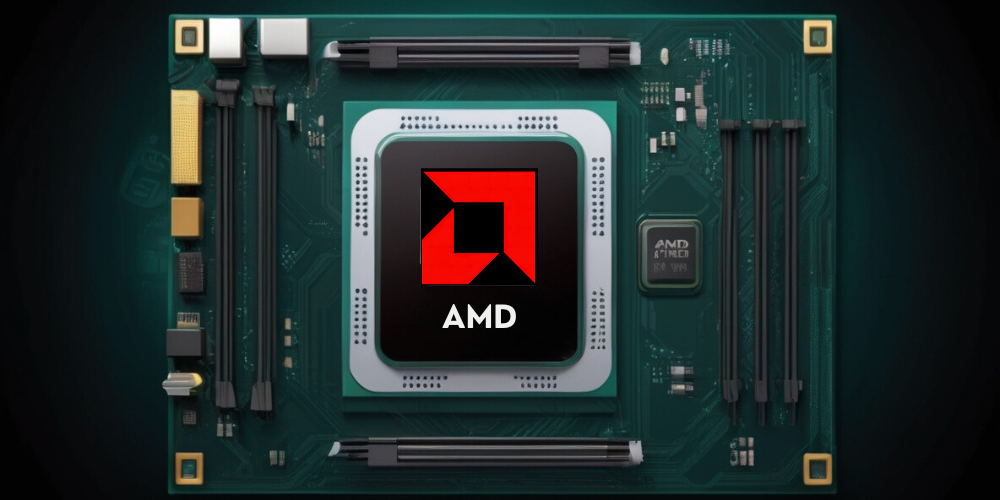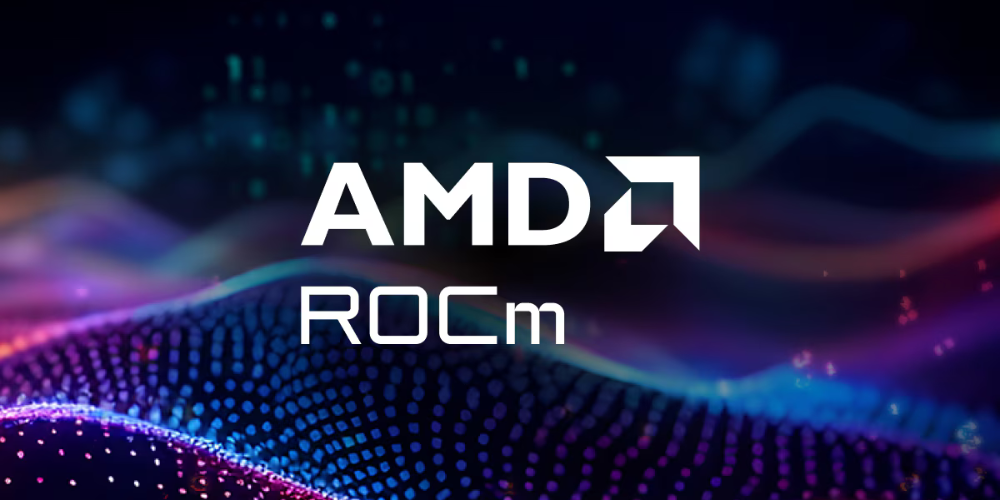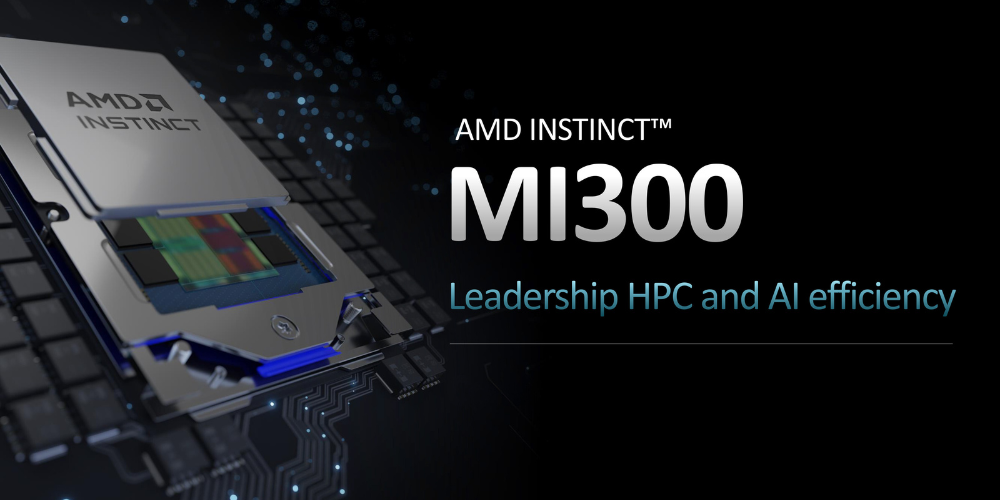AMD's Strategic Rise in the AI Accelerator Race: A Catalyst for Industry Transformation
- Aug 11, 2024
- 0

In the intense battleground of machine intelligence, corporations consistently vie for supremacy within the swiftly changing domain of AI enhancement hardware. Among them, AMD has made significant strides with its Instinct GPUs, pushing competitors to redefine their strategies and accelerate their development timelines. This piece delves into perspectives offered by Forrest Norrod, AMD's Executive Vice President and General Manager of the Data Center Solutions Business Division, detailing the company's strategic directions and the impact of its rivalry with NVIDIA and Intel.
AMD's Competitive Edge: A Catalyst for Change
According to Forrest Norrod, AMD's strides in the AI accelerator space have forced NVIDIA to pivot vigorously in its approach. AMD's impressive Instinct GPU roadmap prompted NVIDIA to enhance its focus on AI technologies, resulting in a shift towards a yearly cadence in product releases. This transformation is a response not only to AMD's advancements but also to the competitive pressure exerted by Intel in the growing AI market.
The Evolution of AI Technology
The pace of evolution in the AI sector has been remarkable, driven by increased customer demand and rapid technological advancements. With such momentum, AMD has committed to continuous innovation, developing both cutting-edge silicon and robust software solutions to cater to various user needs. Key to this initiative is the ROCm software suite, which AMD has fine-tuned over time to serve both data centers and consumer markets effectively.

Roadmap of Innovation
As part of its pursuit to dominate the AI accelerator market, AMD unveiled an extensive portfolio comprising the MI325, MI350, and MI400 series, which will be launched gradually from 2024 to 2026. The MI325X, set to enter the market by the end of this year, is touted as outperforming NVIDIA's Hopper H200 accelerator while remaining highly competitive against the soon-to-be-released Blackwell B100.
The Pressure on NVIDIA
Forrest identified a significant moment in the competitive landscape, referring to AMD's launch of the Instinct MI300 as a "Holy Crap" moment for NVIDIA. This event compelled NVIDIA to react strongly, shifting its focus and accelerating the development of its upcoming Blackwell architecture. Forrest noted that NVIDIA's attempts to dominate the AI sector have not deterred AMD from its path; rather, it has motivated the red team to intensify its efforts. He firmly believes that the competitive landscape is shifting, and AMD's products are positioned to challenge and surpass those of NVIDIA.
A Stealthy Strategy: AMD's Long-Term Commitment
While it might seem like AMD is reacting to NVIDIA's latest strategic moves, the reality is that they've been gearing up for this confrontation for a considerable duration. They are significantly increasing their research and development efforts to advance data center innovations while boosting semiconductor manufacturing to maintain a steady supply in response to rising demands. This proactive approach allows AMD to maintain a competitive stance and deliver groundbreaking advancements that close the gap with NVIDIA.

Next-Generation Products: The MI350 Series
Looking ahead, AMD is poised to take the competition even further with its next-generation MI350 series, leveraging its CDNA 4 architecture. This series will enter the market alongside NVIDIA's B200, further intensifying the competition set for a volume launch in 2025. With its sights set on surpassing NVIDIA's advancements, AMD is determined to reclaim market share and solidify its position in the AI sector.
Collaboration and Compatibility in AI Solutions
AMD understands the value of a cohesive ecosystem in attracting customers, which is why they emphasize their Open architecture approach, supported by Ultra Ethernet and Ultra Accelerator Link platforms. His approach fosters adaptability and interoperability, enabling users to choose from an assortment of central processing units, graphics processing units, and enhancement modules without facing the limitations typically associated with NVIDIA's exclusive offerings.
Performance Draws Attention: MI300A Solutions
Another innovative offering from AMD is the MI300A series, which packages CPU and GPU technologies into an APU (Accelerated Processing Unit). However, recognizing that market demands vary, AMD also provides standalone MI300X and MI300A solutions to cater to different customer needs, further showcasing their commitment to a versatile product lineup.
Market Dynamics: The Rise of Intel
In the midst of AMD and NVIDIA's escalating rivalry, Intel has emerged with its Gaudi 3 accelerators, yet AMD remains skeptical of Intel's pricing strategies. Forrest dismissed Intel's list prices as impractical, suggesting that the bulk of their offerings would likely not trade at advertised rates. His comments underline the intense competition in the AI landscape, where companies must deliver real value beyond marketing promises to gain traction.
The Competitive Landscape
As the AI market continues to expand, the competition among AMD, NVIDIA, and Intel intensifies. NVIDIA currently maintains a significant portion of the market, yet AMD and Intel each display a resolute dedication to establishing their own distinct segments within this swiftly expanding sector. Each player continues to innovate and develop AI capabilities, ensuring that the landscape remains dynamic and competitive.
Conclusion: The Battle for AI Leadership
The competitive dynamics in the AI accelerator space are reaching new heights, with AMD leading the charge in innovation and strategy. As NVIDIA accelerates its development timeline in response to AMD's advancements and Intel joins the fray with its offerings, the battle for market dominance promises to be fierce and closely monitored by industry observers. AMD's commitment to a flexible ecosystem, a robust product lineup, and continuous investment in R&D position them to compete aggressively and shape the future of AI technology.